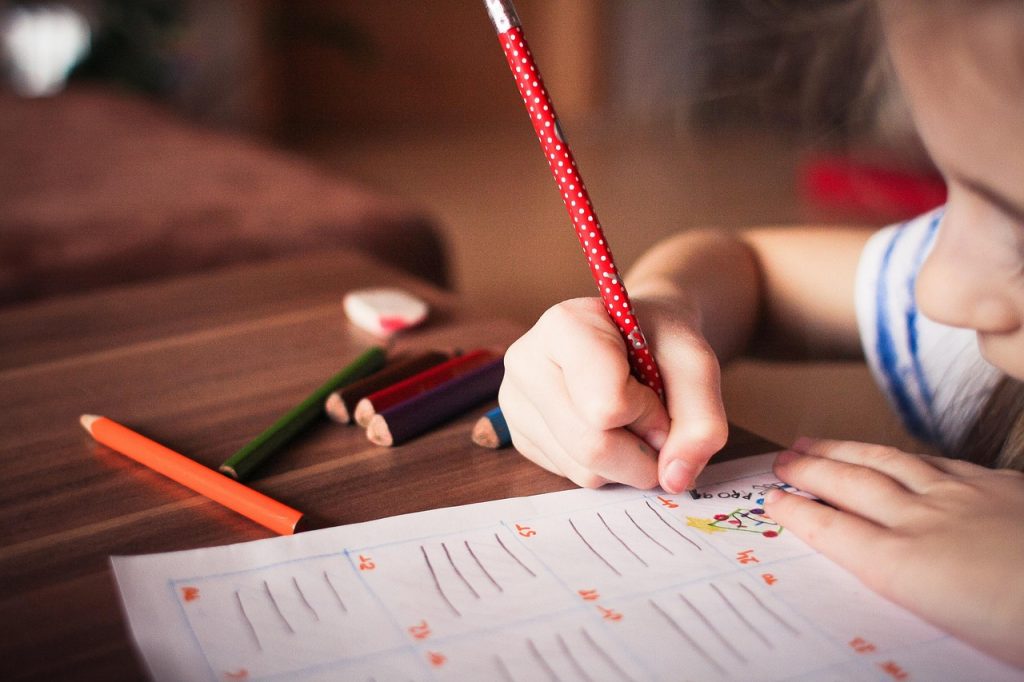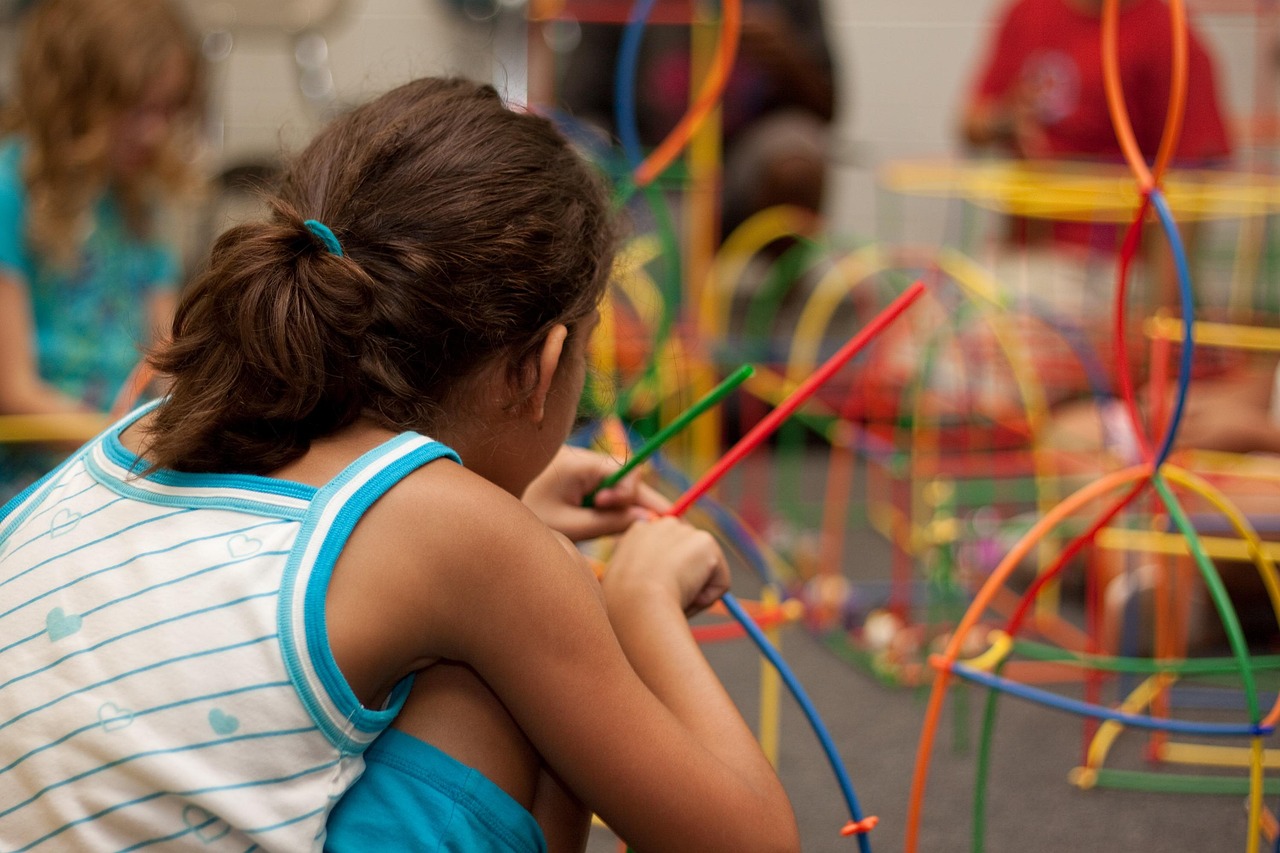What Schools Need to Hear
By Ian Timbrell, Founder, More Than Flags and Rainbows CIC
When children start school, we often talk about how to help them settle. But for adopted children, school needs to be more than a place to settle – it needs to be part of the healing.
I’ve spent most of my career working in education – first as a teacher and deputy head, and now through More Than Flags and Rainbows, a not-for-profit that helps schools become more inclusive and understanding of every child’s story.
I’ve seen time and time again that one of the reasons that school fails for adopted children is when communication between school and families breaks apart, or either side makes assumptions about what the other ‘side’ know.
Why communication matters
One of the most common frustrations I hear from adoptive parents is that schools just don’t get it. They don’t understand attachment, or why certain things are triggering, or why a reward chart can cause a meltdown. And it’s true – sometimes they really don’t. But teachers can’t know everything.
They’re rarely trained in adoption or trauma, and they don’t always see the invisible threads connecting behaviour to past experience. Even as a teacher and adopted parent myself, there have been times when I’ve made assumptions about my son’s school, which has led to misunderstandings.
It can feel unfair that parents have to educate schools, but sharing what we know can prevent so many painful misunderstandings later. Too often, schools only learn what a child needs after something has gone wrong – after the tears, the outburst, or the exclusion. What we really need to do is get ahead of it.
Starting the conversation
Before your child even sets foot in the classroom, ask to meet the teacher or headteacher. You don’t have to tell your child’s whole story – just enough for staff to understand what helps. That first conversation isn’t about unpacking everything that’s ever happened; it’s about trust and clarity.
You might explain that your child needs to know what’s happening next, and that countdowns or visual timetables help. You could mention that quiet withdrawal often means anxiety, or that noisy playtimes can be overwhelming. It might be useful to note that unexpected touch – even a friendly pat on the back – can trigger panic, and that calm consistency is key when your child feels unsure.
It can also help to talk about your parenting approach, so teachers understand what kind of response works best. You might explain that you use calm voices and connection before correction, or that public praise can make your child uncomfortable. Some children don’t respond to reward charts or sanctions; they need space and reassurance instead. This context gives teachers confidence to respond in ways that mirror the safety you’ve built at home.
Sharing their story carefully
It’s also worth considering what aspects of your child’s background to share. The key question is always, does this information help the school meet my child’s needs? Staff might need to know that your child has experienced loss or trauma, but not the details of how. They might benefit from understanding that certain topics or smells are triggering, or that early experiences can affect memory and concentration.
Sometimes it helps to show the teacher part of your child’s life story book – perhaps a few pages that explain your family structure or the concept of adoption. It can make things more tangible and reduce awkward assumptions. But remember: this is your child’s story, not yours to tell freely. Only share what your child would be comfortable with others knowing. If you do share something, be clear who can see it and how it should be handled.
Keeping communication going
Once school begins, keep communication open but light. A short email, quick check-in, or positive message home can make all the difference. Teachers often hear from parents only when things are difficult, so small positive updates help build trust.
If your child is unsettled, you don’t need to go into great detail – a brief note like, “We’ve had some contact with birth family, so emotions might be high this week,” gives staff helpful context. And when things go well – a brave moment, a smooth morning – tell them that too. It reminds teachers that progress is happening, even when it’s slow.
Getting ahead of tricky moments
Many problems in schools come from a lack of awareness, not a lack of care. A teacher might plan a “family tree” project or Father’s Day card activity without realising how it could affect your child. As parents, we often spot these things first, so it’s fine to speak up early. Most teachers are grateful when you do.
By raising things before they become problems, you’re not being difficult – you’re helping everyone succeed. You’re also paving the way for other families who may face similar challenges in the future.x
When things go wrong
Even with the best preparation, there will be difficult days. A misunderstanding, a harsh comment, a call home that hurts. Schools are full of good people doing their best in busy environments, and mistakes happen. Try to remember that you and the teacher ultimately want the same thing: for your child to feel safe and succeed.
If you feel the school could understand more, share a resource or suggest training. That’s one reason I founded More Than Flags and Rainbows – to give schools the tools they often wish they’d had sooner. When teachers learn about trauma, attachment, and identity, they stop seeing “bad behaviour” and start seeing the child behind it.
The partnership that heals
When home and school work together, children notice. They feel the consistency, the calm, the shared understanding. That’s where the healing begins – not in dramatic interventions, but in small, steady moments of care. A teacher who greets them warmly each morning. A parent who feels heard. Tiny actions that, over time, build belonging.
At More Than Flags and Rainbows, we offer free resources for parents and schools, including anti-bullying leaflets, guides for talking to schools about inclusion, and a network for adoptive parents in South Wales. You can find these resources and more on our website, as well as information about how to support our work.
Together, we can make sure schools aren’t just places of learning, but places of healing – for every child who walks through the door.

Head to the homepage to read all the latest articles about adoption, parenting and wellbeing.



